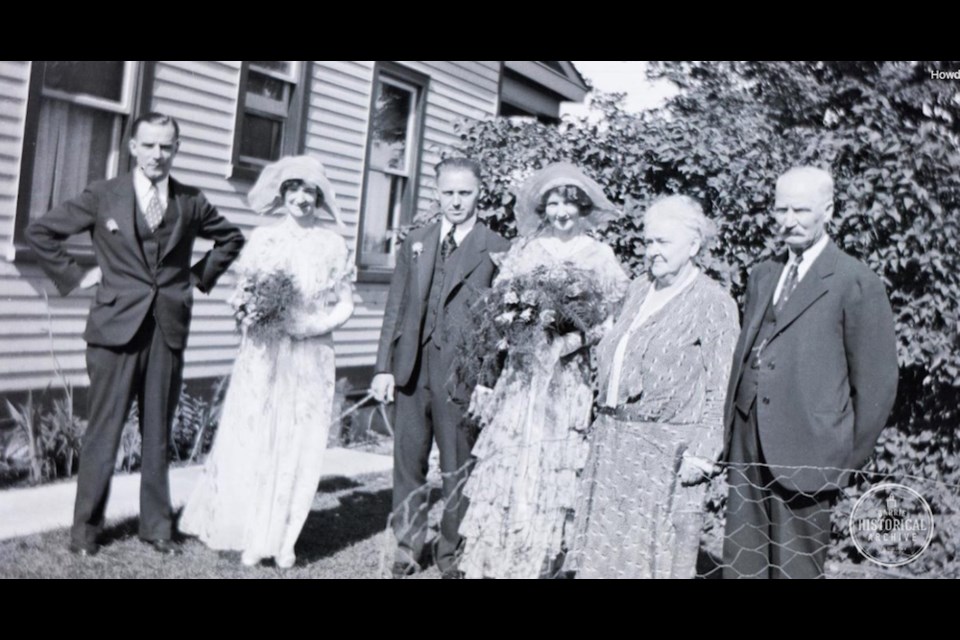I didn’t know quite what I was witnessing, nor what it was called at the time, but I was fascinated by the spectacle of this now mostly lost wedding tradition.
Very likely, newlywed or soon to be married couples are just as happy that the practice of charivari, or shivaree, has now gone by the wayside.
In the summer of 1984, I was employed at a very old inn in the Scottish Borders and I was invited one evening to attend something akin to what we refer to here in Canada as a buck and doe.
We gathered at the local pub. Everyone went outside to watch the arrival of the couple, which seemed a bit odd to me, but appeared to be very important to their guests. Shouting, the banging of pots and pans, and plenty of horn honking came first.
Then, around the bend in the road, came a slow-moving farm tractor pulling a wagon. Standing on the wagon were two unfortunate looking young people – the engaged pair – soaked to the skin, muddied and just about tarred and feathered!
The betrothed were led into the pub where a thick mat of newspaper was spread out in the centre of the floor. The two of them stood there the entire evening, shivering and dripping onto the paper, as the guests brought them round after round of drinks.
It was a scene that I will never forget.
Charivari was once very common in our area, too. A good part of the reason for its eventual demise may be that the police often had to be involved when the celebrations got out of hand.
On Nov. 5, 1902, the normally sedate village of Gilford, south of Barrie, was rocked by the shooting of John Harper. Eber Graham of the community had married Helen Couch that day and, as was often the case, a posse of young local males designated themselves as a charivari party and off they went to loudly bless the newlyweds. They brought fiddles, guns, horns and pans.
John Harper, hired to pick apples on a nearby farm, took a walk down the concession road to see what all the noise was about. He encountered a group of 15 young men raising all sorts of hell and soon an altercation broke out between Harper and the gang.
George Mattenley, one of the charivari revellers, was a poor marksman it seems. He claimed to have fired one shot over the crowd to disperse them but somehow managed to fill both of John Harper’s legs with a heavy charge of shot, leaving him badly injured. Blood poisoning was feared and Mattenley was arrested for shooting with intent to murder.
Fortunately for everyone, Harper recovered and Mattenley’s charges were reduced. He gladly paid the costs attached to Harper’s medical care.
The practice of charivari existed early on in Simcoe County as evidenced in a page of the journals of Mary O’Brien, a Shanty Bay settler. The Barrie Examiner printed an 1828 excerpt in its Nov. 24, 1949 edition:
“Mama and I were startled awake by an unusual uproar, the wings of night, the dogs caught the alarm and added their barking to the sounds of the horns, guns and shouting which came from the distance. On enquiring the cause of the uproar, we were told it was a charivari that is a custom brought from Lower Canada of serenading the dwelling of a newly married pair with every species of noisy uproar that can be devised for the purpose of extorting whisky.”
Each week, the Barrie Historical Archive provides BarrieToday readers with a glimpse of the city’s past. This unique column features photos and stories from years gone by and is sure to appeal to the historian in each of us.



